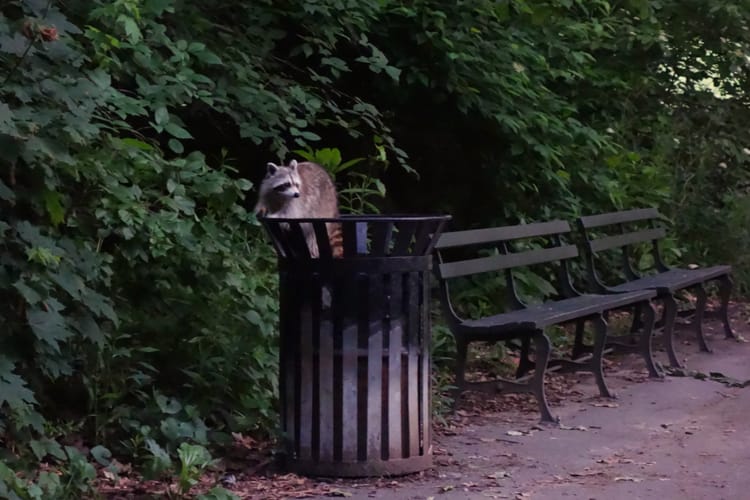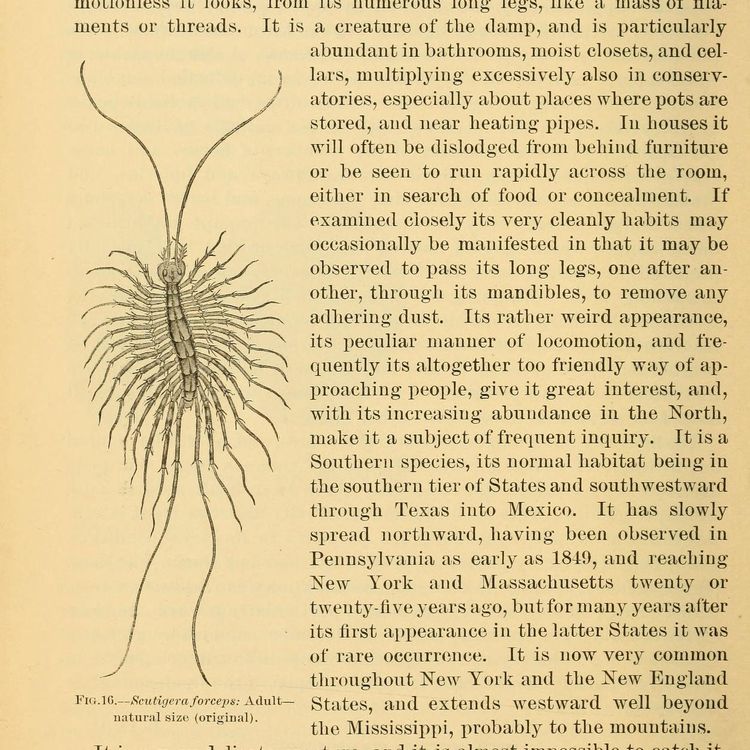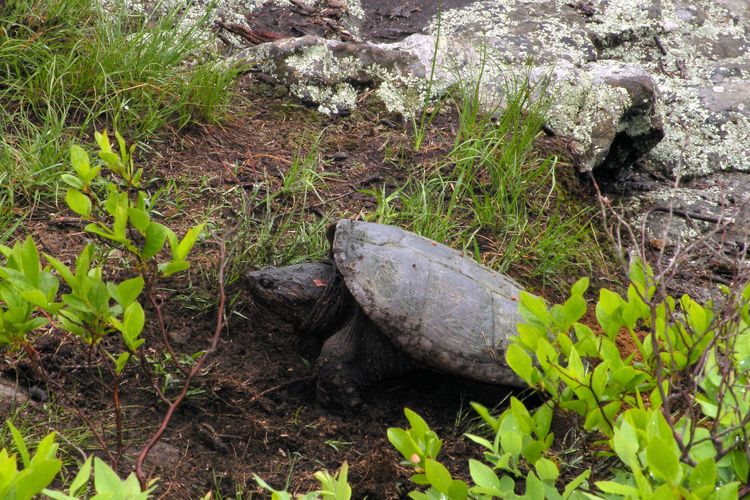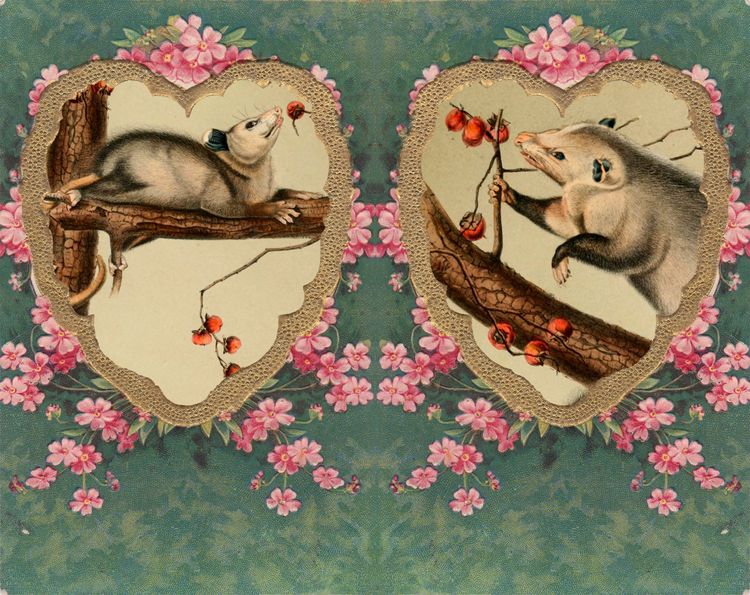Wasps Feed On the Last Dregs of Summer

In between rainy days, you make plans for the last plein air engagements of the year. Let’s get out of here and do happy hour, you shout over the cubicle wall. I’ll bring my potato salad on Saturday, you write in the text thread. But as you down pints amidst office gossip or unfurl the picnic blanket under a near-autumnal maple, a small, whispering buzz simmers in your ear. A wasp is close.
Its hovering circle traces the anxious outlines of a Venn diagram where stinger may intersect with flesh. The fretful and the allergic are on high alert.
All summer, the colony has been growing. The yellowjacket queen rules from her paper throne, deep inside the nest she began constructing in spring. Her workers have proliferated—expanding their fortress, caring for their younger siblings, and making forays for food supplies. But as the warmth wanes, Her Majesty lays fewer and fewer eggs. The colony is at its height, but only the royal female offspring will survive the winter, sheltering under tree bark or fallen logs, rising, gravid, in the new year to found their own vespid empires.
The queen herself, her infertile female workers, and the male consorts she sired will all decline and die in the coming weeks. They no longer have hundreds of larvae to feed, but supplies are running low. The flowers that bloom and the flies that pester us in warmer months provided their daily bread. Now, they are starving. They are left to zero in on the bouquet of your Merlot as it broadcasts the siren scent of fermented sugar. They are hungry, they are persistent, and they carry venom inside.
But when you sense a humming just over your shoulder, when you catch sight of bold stripes landing on your lunch, do not be so quick to brush the wasps away. Lean in and observe. Suffer them to eat your crumbs, for these are the last hours of their fleeting days.
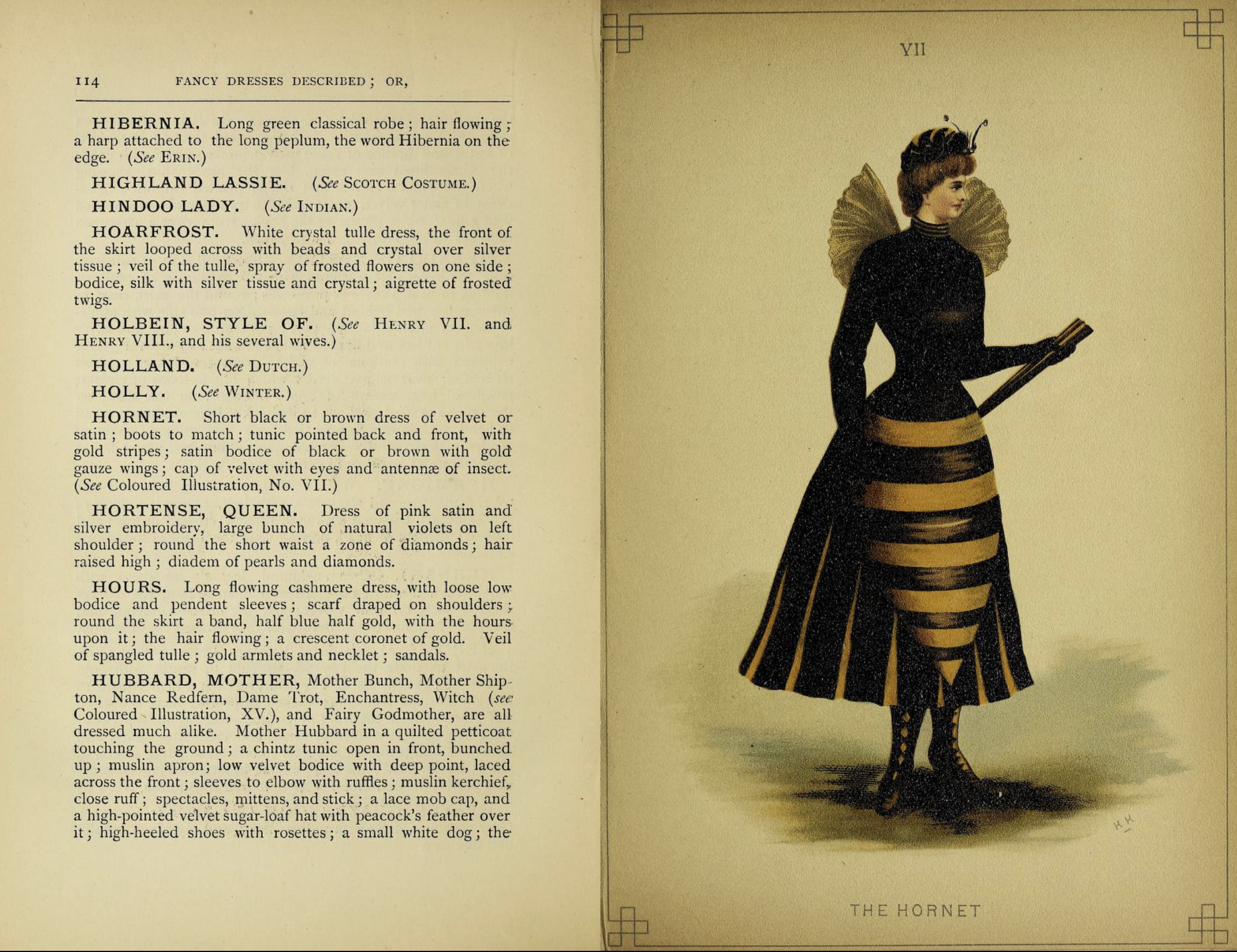
- What kind of wasp is invading your space with its smooth body that seems primed to sting? Study up on wasp types, as most need not spark panic. The biggest wasps in New York—cicada killers—may fly at people as an act of intimidation, but are not likely to sting (unless you are a cicada somehow reading this). European hornets, meanwhile, have a painful sting, but generally unleash it only if you get close to their colony. And solitary wasps, as their name suggests, are usually just on the ground doing their own thing and will pay you no mind.
- Humans have deliberately joined forces with one wasp now in the New York area. Samurai wasps are being studied as a way to combat the infestations of invasive brown marmorated stink bugs in the state’s orchards, including the Hudson Valley. The tiny wasps, only about the size of a pin tip, are age-old enemies of the stink bug in their native Asia. Curiously, the small, stinger-less wasp showed up on its own and was destroying stink bug eggs before scientists could begin controlled field tests, offering unexpected opportunities to examine how this ancient foe operates as an agent of biocontrol.
- Eight years before Dior debuted the “New Look” with its corset-formed wasp waist—named for the segmented appearance it gave the body—Main Rousseau Bocher, better known as Mainbocher, created the “Mainbocher Corset” which reintroduced Victorian shapes that would inform 1940s fashion. Walk down East 57th Street where he had his showroom and hold your breath (a stillness you can practice for the next time a wasp lands too close).
